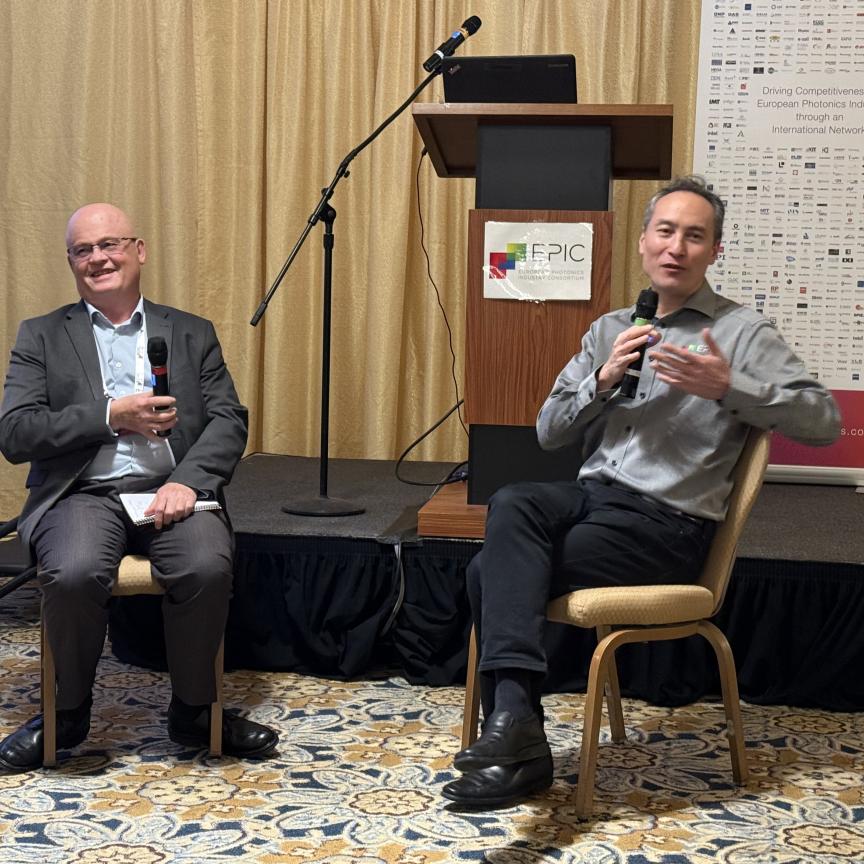Thin-film interference filters for lidar

In order to keep up with the technology, LIDAR interference filters must be designed to maximize signal-to-noise ratios by reliably isolating the target LIDAR return signal.
Recent advancements in thin-film, ultra-narrow bandpass interference filters have allowed for >95% transmission, less than 0.1 nm bandwidths, steep edges, a square spectral shape, wide range blocking measured at > OD 8 (-80 dB), uniform coatings, and minimal thermal dependence.
High performance LIDAR interference filters have greatly improved signal-to-noise ratios and reduced the need for multiple filtering techniques.
In order to keep up with the technology, LIDAR interference filters must be designed to maximize signal-to-noise ratios by reliably isolating the target LIDAR return signal.
Recent advancements in thin-film, ultra-narrow bandpass interference filters have allowed for >95% transmission, less than 0.1 nm bandwidths, steep edges, a square spectral shape, wide range blocking measured at > OD 8 (-80 dB), uniform coatings, and minimal thermal dependence.
High performance LIDAR interference filters have greatly improved signal-to-noise ratios and reduced the need for multiple filtering techniques.

